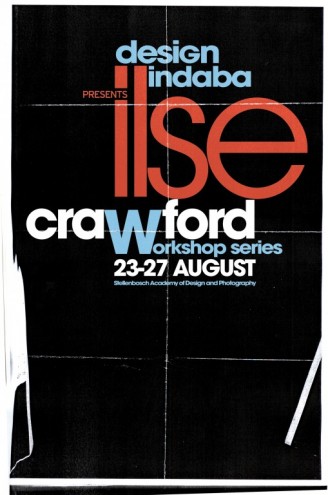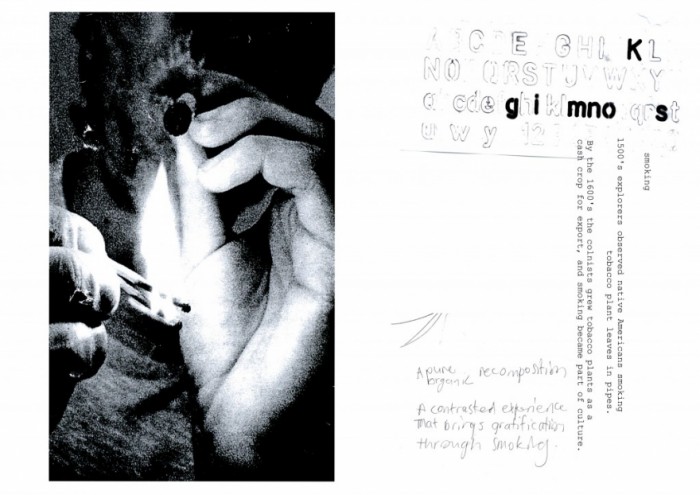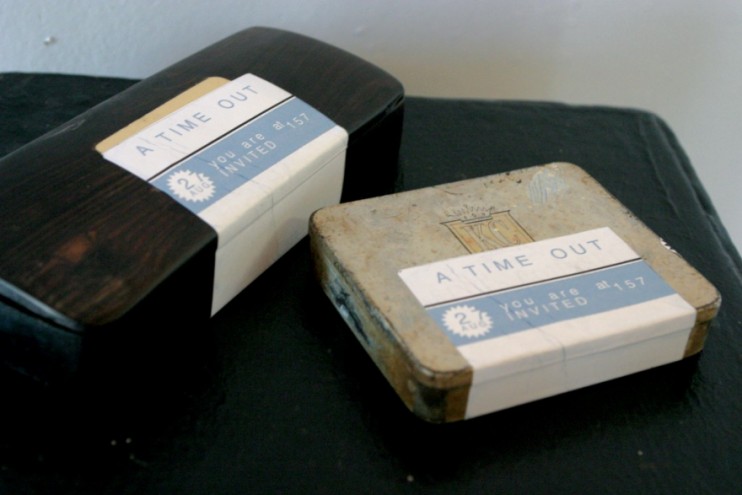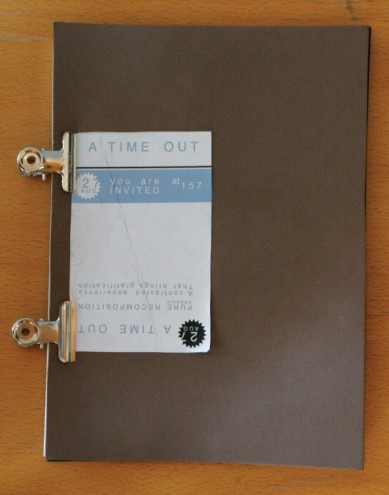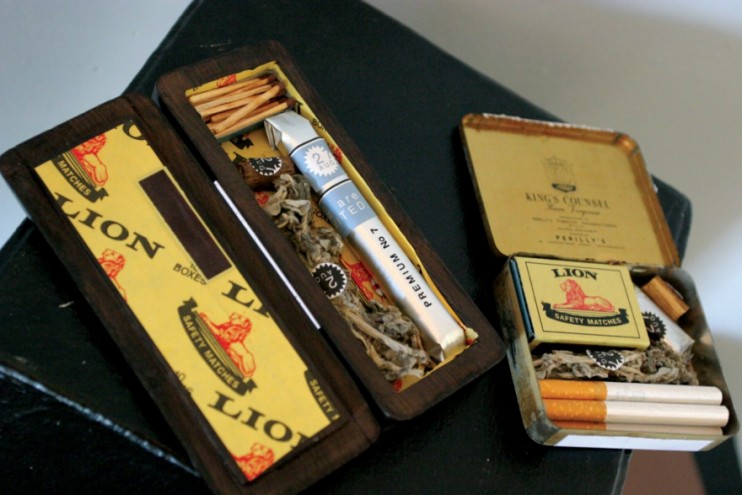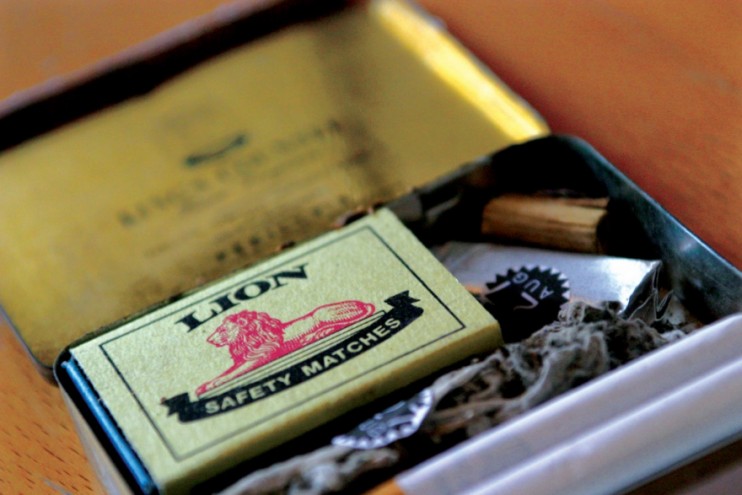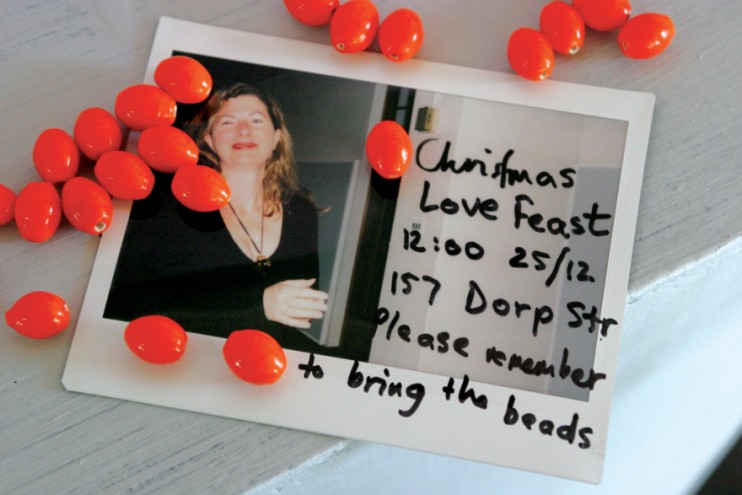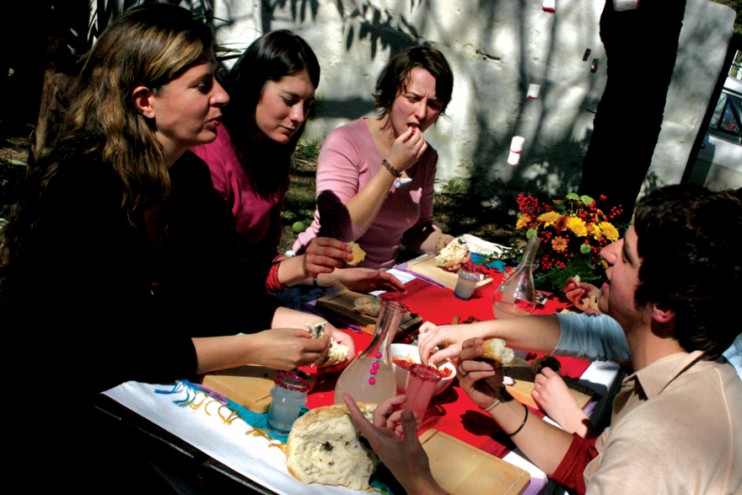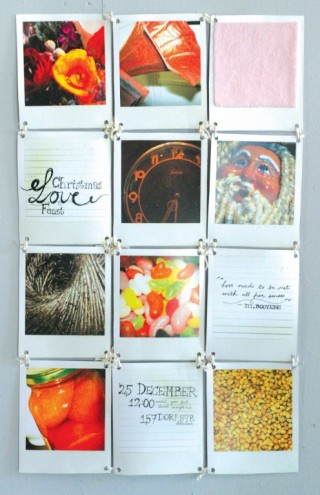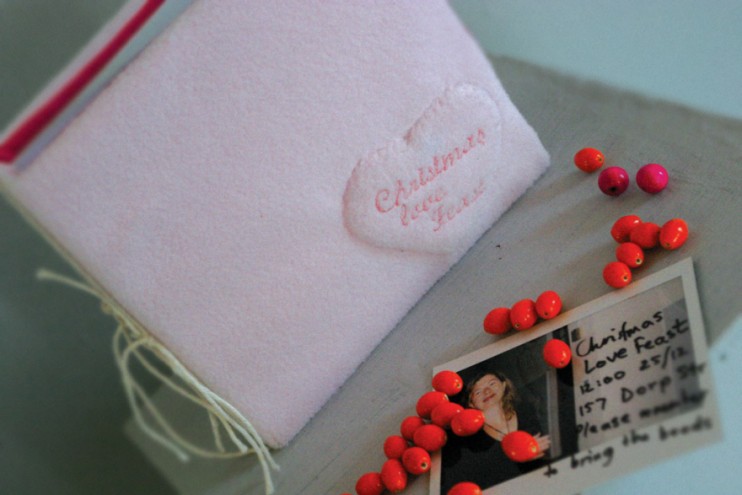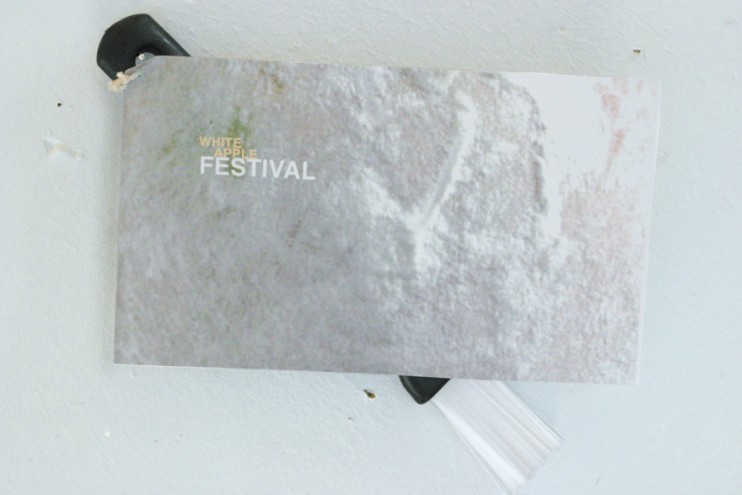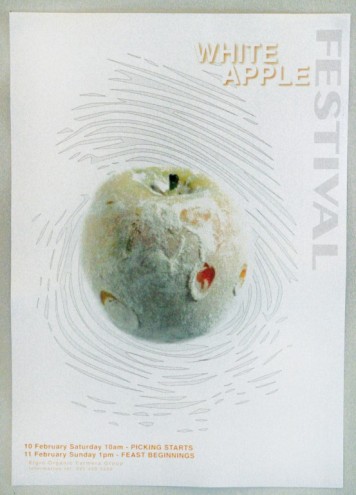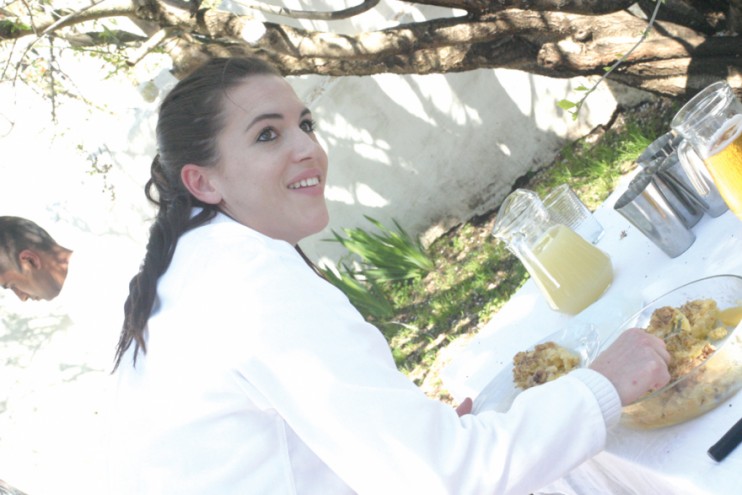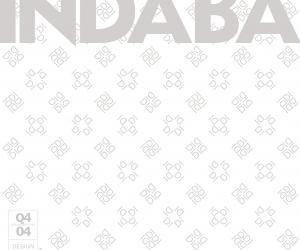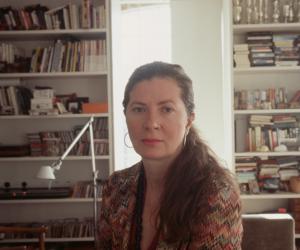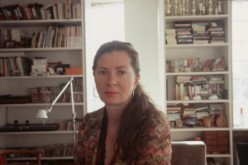First Published in
Invent, design and present an African feast that is not just visual but engages all the senses. What does Africa feel like?
My interest is modern and emotional design. With this theme, apparently simple, I wanted to stimulate the students to consider a range of issues from the definition of the word itself, which does not necessarily involve food, to the fact that our lives could benefit from the thought and ritual that the idea of "feast" could bring, to what in this context it might mean to be an African. I chose a sensorial theme because, as the artist Paul Klee said, "one eye sees, the other feels". One is often truer to oneself, to what one really feels through the senses. This is one way to listen to one's heart.
I was with the students for a week, so in a parallel project, aimed at clarifying and informing the Feast, I asked them to write down ten or so things that moved them, that they really appreciated, and what they felt about them. The aim here was to establish a list of words, a personal tool if you like, to help them in their design in general and with the feast in particular. This they found very difficult at first. (Some found it pointless and made little effort to do it seriously. There was a direct correlation at the end between those who done this exercise honestly and the quality and intensity of the work). To move this exercise along we played some games. One was eating, smelling and touching familiar substances - Vaseline, dogs food, baby food - with their eyes closed. This certainly brought up strong feelings, disgust and horror among them! Another involved borrowing stethoscopes to listen to their (very different) heartbeats. Then through one of the teachers, an excellent wine maker gave a sensorial and tasting tour of the base notes in the local wines. Stellenbosch is a small and individualistic school and were very helpful in making the whole thing happen.
The students were studying Communications and Graphics, so more used to two dimensional work. They worked in groups, something they were not used to doing and had to design a mini feast complete with poster, invitation, the feast itself and the environment, as well as a project book. Initially some of them really struggled with the project, in part I think because they had thought it would be easy, but once they got down to it the issues involved produced a can of worms! All the groups went through some very tense moments as they wrestled with their respective themes, and tried to come to terms with what a feast would mean today and how it could have real significance for them as Africans.
By the end of the week we had some extremely engaging projects as well as a few disappointments. The projects included a feast of smoking, a rich multi sensorial feast to give depth and breadth to a habit that is common to all Africans, but that is vilified today. (In answer to the anti smokers, the theory was that in elevating it, making it special, we might want to do it less often!) Then another one was a feast of feeling uncomfortable, where the students came up with a multi media (and very amusing) representation of what that meant in South Africa today. Then another was a feast around the idea of apples in a very modern interpretation using the porcelain dust that is used as an eco pesticide as their starting point for a very nicely thought through and executed idea.
All of the students put a lot of energy into their projects and by the end of the week I think had seen the benefits of truly putting your heart into your work.
Work descriptions
- Smoker's Feast: "Light up… a flicker of time… pure bliss… lights out… kill it." This represented a time of reflection. One minute in every day. Sitting still and re-consider.
- Beads Feast: The invitation was a handful of beads and a photograph of the participant receiving the beads. Everyone arrived with beads of different colour, size and shape. When they came together, the beads were mixed and strung together in different combinations.
- Apple Feast: As an invitation, each participant received a card and a paintbrush. This was a feast to celebrate the coming together of cultures. First it seemed to be all white, but when the feast started and plates and cutlery were lifted, all the different colours emerge…
Invent, design and present an African feast that is not just visual but engages all the senses. What does Africa feel like?
My interest is modern and emotional design. With this theme, apparently simple, I wanted to stimulate the students to consider a range of issues from the definition of the word itself, which does not necessarily involve food, to the fact that our lives could benefit from the thought and ritual that the idea of "feast" could bring, to what in this context it might mean to be an African. I chose a sensorial theme because, as the artist Paul Klee said, "one eye sees, the other feels". One is often truer to oneself, to what one really feels through the senses. This is one way to listen to one's heart.
I was with the students for a week, so in a parallel project, aimed at clarifying and informing the Feast, I asked them to write down ten or so things that moved them, that they really appreciated, and what they felt about them. The aim here was to establish a list of words, a personal tool if you like, to help them in their design in general and with the feast in particular. This they found very difficult at first. (Some found it pointless and made little effort to do it seriously. There was a direct correlation at the end between those who done this exercise honestly and the quality and intensity of the work). To move this exercise along we played some games. One was eating, smelling and touching familiar substances - Vaseline, dogs food, baby food - with their eyes closed. This certainly brought up strong feelings, disgust and horror among them! Another involved borrowing stethoscopes to listen to their (very different) heartbeats. Then through one of the teachers, an excellent wine maker gave a sensorial and tasting tour of the base notes in the local wines. Stellenbosch is a small and individualistic school and were very helpful in making the whole thing happen.
The students were studying Communications and Graphics, so more used to two dimensional work. They worked in groups, something they were not used to doing and had to design a mini feast complete with poster, invitation, the feast itself and the environment, as well as a project book. Initially some of them really struggled with the project, in part I think because they had thought it would be easy, but once they got down to it the issues involved produced a can of worms! All the groups went through some very tense moments as they wrestled with their respective themes, and tried to come to terms with what a feast would mean today and how it could have real significance for them as Africans.
By the end of the week we had some extremely engaging projects as well as a few disappointments. The projects included a feast of smoking, a rich multi sensorial feast to give depth and breadth to a habit that is common to all Africans, but that is vilified today. (In answer to the anti smokers, the theory was that in elevating it, making it special, we might want to do it less often!) Then another one was a feast of feeling uncomfortable, where the students came up with a multi media (and very amusing) representation of what that meant in South Africa today. Then another was a feast around the idea of apples in a very modern interpretation using the porcelain dust that is used as an eco pesticide as their starting point for a very nicely thought through and executed idea.
All of the students put a lot of energy into their projects and by the end of the week I think had seen the benefits of truly putting your heart into your work.

